Take a walk in Kurokawa where “human” and “nature” co-exist in close harmony.
In the Kurokawa area of Kawanishi City, the terrain treasured throughout Japan called “Satoyama” bursts with cherry blossoms in spring and multicolored leaves in fall. Age-old villages woven into the majestic natural backdrop create a sight of serenity that makes us yearn for a time long ago. Come feel the healing power of a stroll through Kurokawa.
What is Satoyama?
The term refers to the natural environment of forests and mountains close to villages that have evolved shaped by the influence of human activity.
The Satoyama in the Kurokawa area of Kawanishi City has been selected as one of the “100 Best Japanese Villages” and one of the “34 Satoyama in Hokusetsu” by the Hyogo Prefectural Government Hanshin-kita District Administration Office. With a well-documented history and culture, although most of the satoyama has been abandoned even today selective logging has quilted the mountainsides in variegated colors and helped to maintain the beauty and biodiversity of this land which, for so many reasons, earns its title as “The Best Satoyama in Japan.” It is a window into the country’s golden age.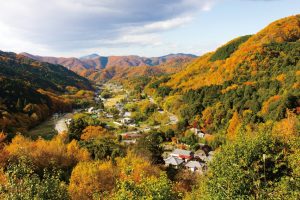
★ Surrounded by Sakura! Kurokawa/Sakura Forest
As you enjoy the satoyama scenery starting from the Mt. Myoken trailhead, you will come upon the “Kurokawa/Sakura Forest, maintained by local volunteers for the pleasure of fellow citizens.
Once upon a time this area was used for growing firewood, but is now known for the wild cherry blossoms Edohigan and Yamazakura, that bloom spectacularly in spring. Hike along the well-worn paths, breathe in the clear air and take in the scenery of the satoyama.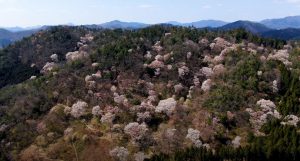
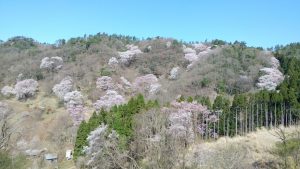
↑Kurokawa/Sakura Forest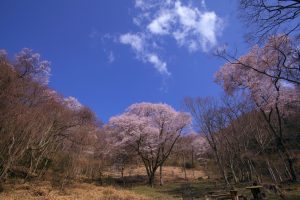
↑The “Smiling Sakura” is Kurokawa’s symbol tree
★ A carbon footprint in time – the history of “Kikusumi” production
Since the time of Toyotomi Hideyoshi (warlord and political leader, 1537-1598), “Kiku charcoal” has been used as a luxury item in the tea ceremony.
Kiku charcoal is made in the Kurokawa area, where high quality sawtooth oak trees are grown, prized for their distinctive weight, ignitability and beauty. Used by Sen no Rikyu, the founder of the Japanese tea ceremony, it became known as “Hitokurazumi” and has since been loved by tea masters from all over Japan for centuries.
In the 1960s, widespread usage of electricity and gas throughout Japan along with dramatic lifestyle changes led to the sudden decline of the charcoal-burning industry. Yet, even today, one farming family continues to run a charcoal business as a way to preserve the traditional heritage of the Kurokawa satoyama.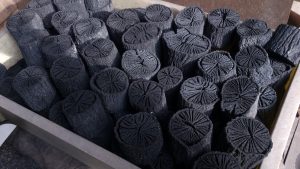
↑The cross section resembling chrysanthemum petals earned the name “Kiku charcoal” (chrysanthemum charcoal).
★ Ponder more than a century of history at the Kurokawa Public Hall (formerly Kurokawa Elementary School)
In the middle of Kurokawa, the wooden structure of the Kurokawa Elementary School, the oldest in Kawanishi City and built in 1904, still stands. The school is now closed, and the building has become the Kurokawa Community Center, yet the floor plan, blackboards, desks and chairs in the classroom have been preserved just as they once were. Step inside and step back in time to the schooldays of a bygone Japan.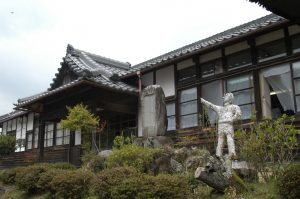
<Access to the Kurokawa area>
Kurokawa Area
Address: Kurokawa, Kawanishi City
Access: Get off at Nose Electric Railway “Myokenguchi Station”
It is recommended to take the Hankyu Bus or to walk around to enjoy the Kurokawa area.
<Nearby Spots>
There are many recommended facilities around the Kurokawa area where you can enjoy nature to the fullest!
★Kurokawa Dahlia Garden
https://visithanshin.jp/en/spot/1044/
★Lake Chimyo Campsite
https://visithanshin.jp/en/spot/484/
★Mt. Myoken
https://visithanshin.jp/en/spot/478/
For other spots in Kawanishi City, click here♪
https://visithanshin.jp/en/area/kawanishi/
 2023/03/29
2023/03/29- Takarazuka: A City of Dreams Come True























